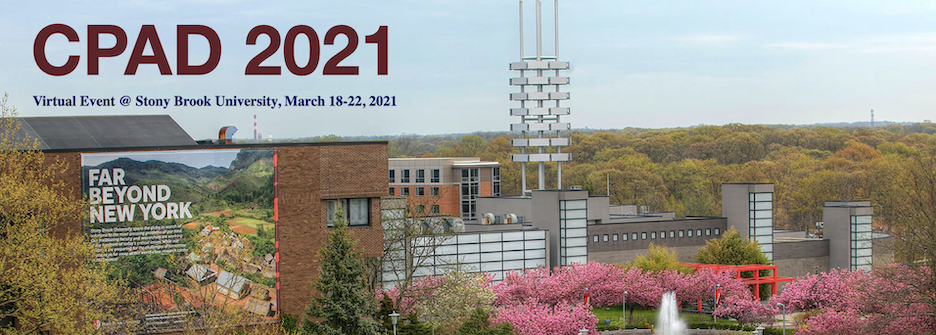Speaker
Description
Sampling calorimeters for high energy physics experiments often use plastic scintillator as the active medium due to its low cost and ease of use. However, response to radiation damage is a critical factor in detector design. This talk will present the effects of ionizing radiation on the signal produced by plastic scintillator rods for various substrate materials, dopant concentrations, fluors, anti-oxidant concentrations, scintillator thicknesses, and dose rates. The light output is measured, before and after irradiation, using an alpha source and a photomultiplier tube, and the light transmission by a spectrophotometer. The change in light output is quantified using the exponential dose constant $D$. The $D$ values are similar for primary and secondary doping concentrations of 1 and 2 times, and anti-oxidant concentrations of 0, 1, and 2 times the default manufacturer's value. The $D$ value depends approximately linearly on the dose rate's logarithm for dose rates between 2.2 Gy/hr and 70 Gy/hr for all materials. Above 70 Gy/hr, for polyvinyltoluene-based scintillators, the dose constant is constant or continues to rise, while for polystyrene-based scintillators, it remains constant or decreases, depending on doping concentration. The results from rods of varying thickness and different fluor concentrations suggest that damage to the initial light output is a larger effect than color center formation. For the blue scintillator (EJ-200), the transmission measurements indicate damage to the fluors.
